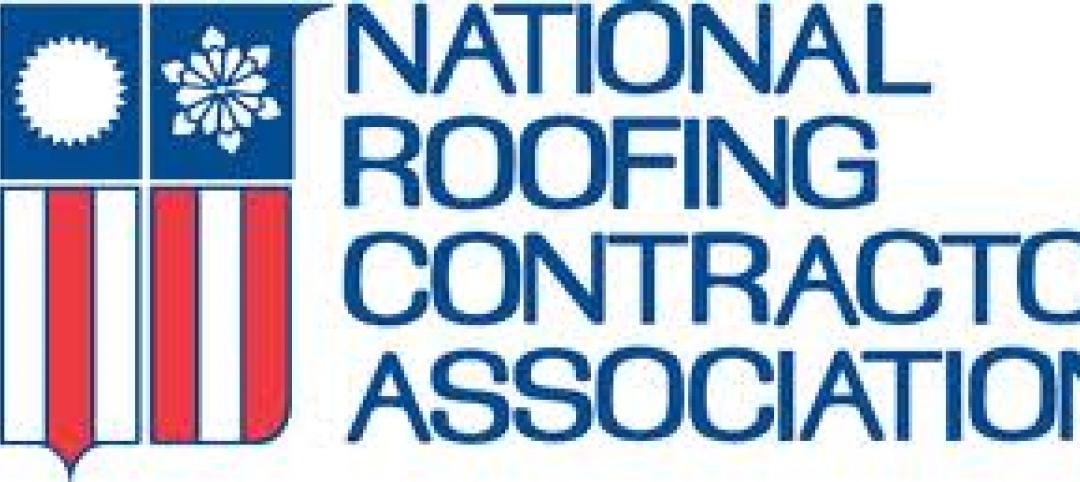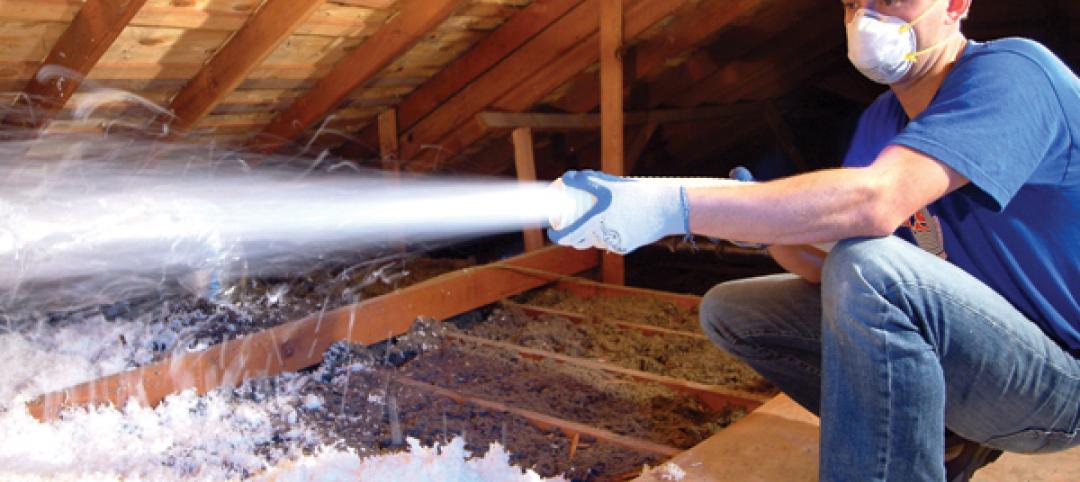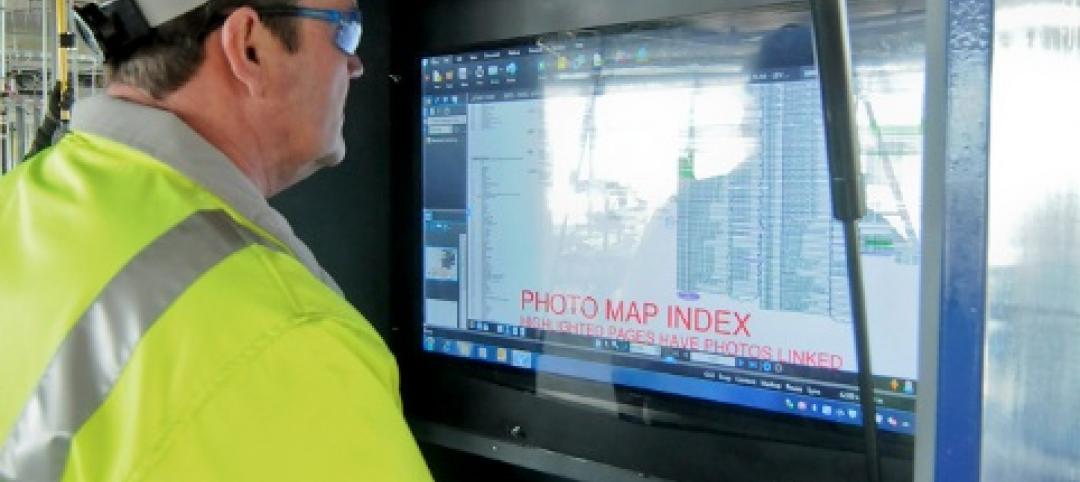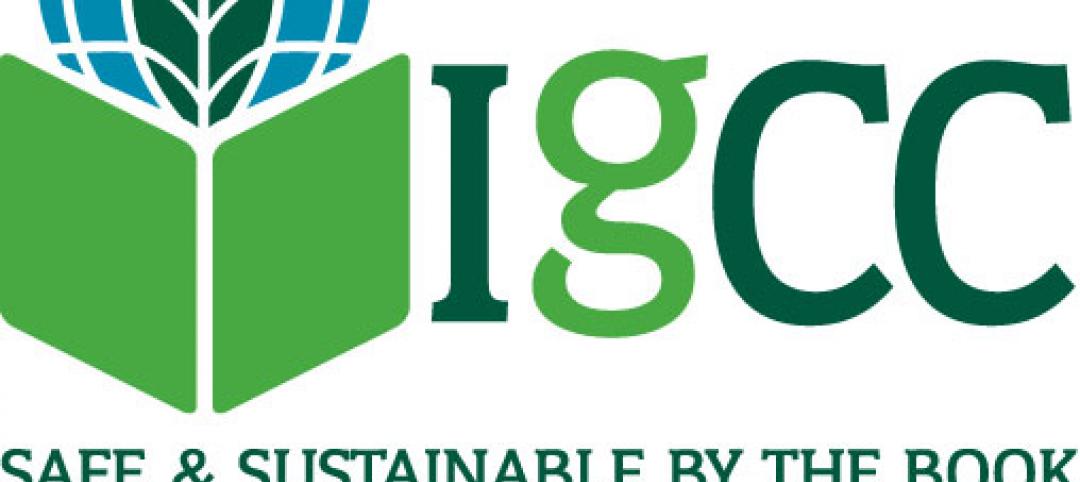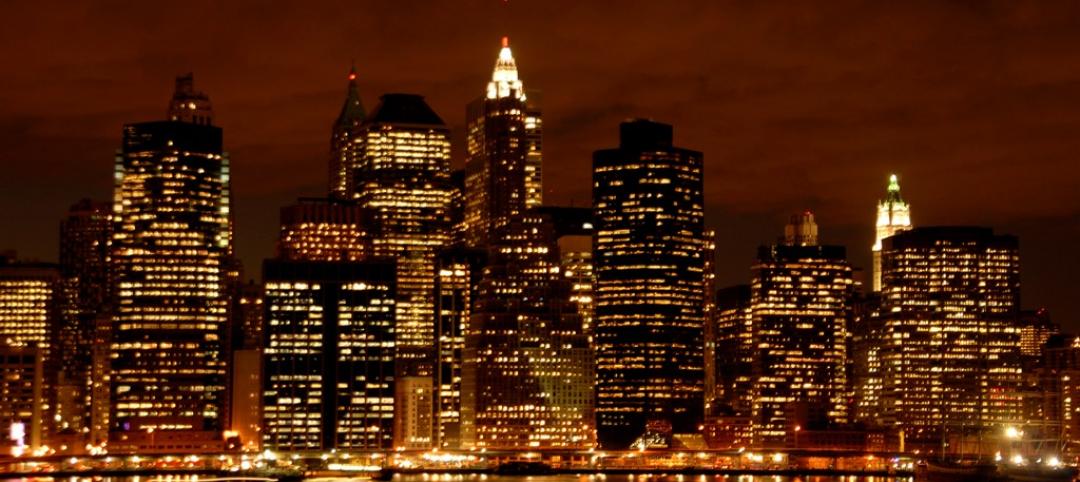The environmental argument for banning gas appliances from new construction projects often centers on reducing greenhouse gas emissions, but another justification is to improve indoor air quality.
Indeed, cooking on a gas stove releases nitrogen dioxide (NO2) and carbon monoxide—some of the same fumes found in car exhaust. Brief exposures to air with high concentrations of NO2 can lead to coughing and wheezing for people with asthma or other respiratory afflictions, and prolonged exposure can contribute to the development of those conditions, according to the EPA.
Homes with gas stoves can contain 50% to 400% higher concentrations of NO2 than homes with electric stoves. These levels of indoor air pollution would be illegal outdoors.
Standard electric stoves do not release such indoor pollutants, but they do consume more total energy than gas stoves. Electric induction ranges use less energy, but only work with certain cookware, and are more expensive. Induction cooking also takes some getting used to, with cooks facing a learning curve to prepare certain foods.
About 30 California communities are moving toward all-electric building codes. Cities in other states are also moving to do the same or are considering bans.
Related Stories
| Dec 29, 2011
OSHA enforcing new fall hazard standards
OSHA is enforcing its new fall protection standards, as evidenced by a recent crackdown in New York.
| Dec 29, 2011
NRCA offers program on new fall-protection requirements
The National Roofing Contractors Association's (NRCA's) program "Roofing Industry Fall Protection from A to Z" will be held Feb. 21 during the organization's 125th Annual Convention.
| Dec 29, 2011
Decision not to fireproof the new World Trade Center Transportation Hub criticized
Some criticized the decision, reasoning that the structure could be a terrorist target.
| Dec 29, 2011
Seismic safety in question at thousands of California public schools
California regulators responsible for enforcing earthquake safety laws have failed to certify more than 16,000 construction projects in California public schools, increasing the risk that some projects may be unsafe, according to a state audit report.
| Dec 29, 2011
GreenWizard offers cloud-based LEED credit management, assessment
The company recently began offering companies the ability to run assessments for design credits, in addition to traditional product-specific LEED credits.
| Dec 22, 2011
Federal home weatherization program has impacted 6.8 million homes
More than 6.8 million homes have been weatherized using federal, state, utility, and other funds under the American Recovery and Reinvestment Act.
| Dec 22, 2011
Group developing BIM data standards
A collaboration among Georgia Tech’s Digital Building Lab, the Precast Concrete Institute, the American Concrete Institute, and the American Institute of Steel Construction aims to develop global standards for transportation of three-dimensional digital models among fabricator, architecture, engineering, and construction groups.
| Dec 22, 2011
New green code spells out thermal requirement for roof retrofits
The 2012 International Green Construction Code (IgCC) includes a straightforward approach to minimum thermal requirements for roof and wall systems.
| Dec 22, 2011
AGC’s safety conference Jan. 11-13 in San Antonio
The Associated General Contractors of America’s national meeting for safety and health professionals will take place Jan. 11-13, 2012 in San Antonio, TX.
| Dec 22, 2011
Proposed New York City zoning revamp encourages rooftop solar and wind energy
New zoning regulation proposals to make it easier for building owners in New York City to make their structures more sustainable have entered the public approval process.




